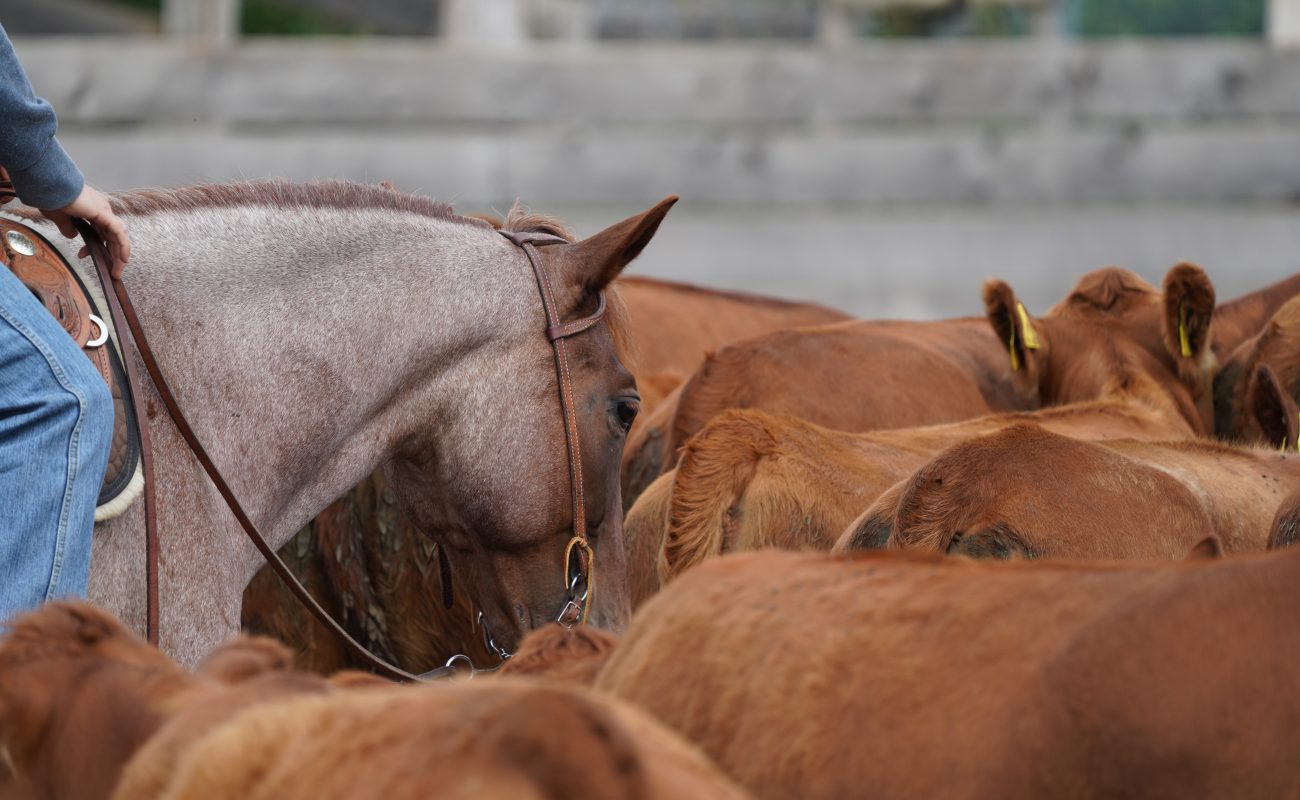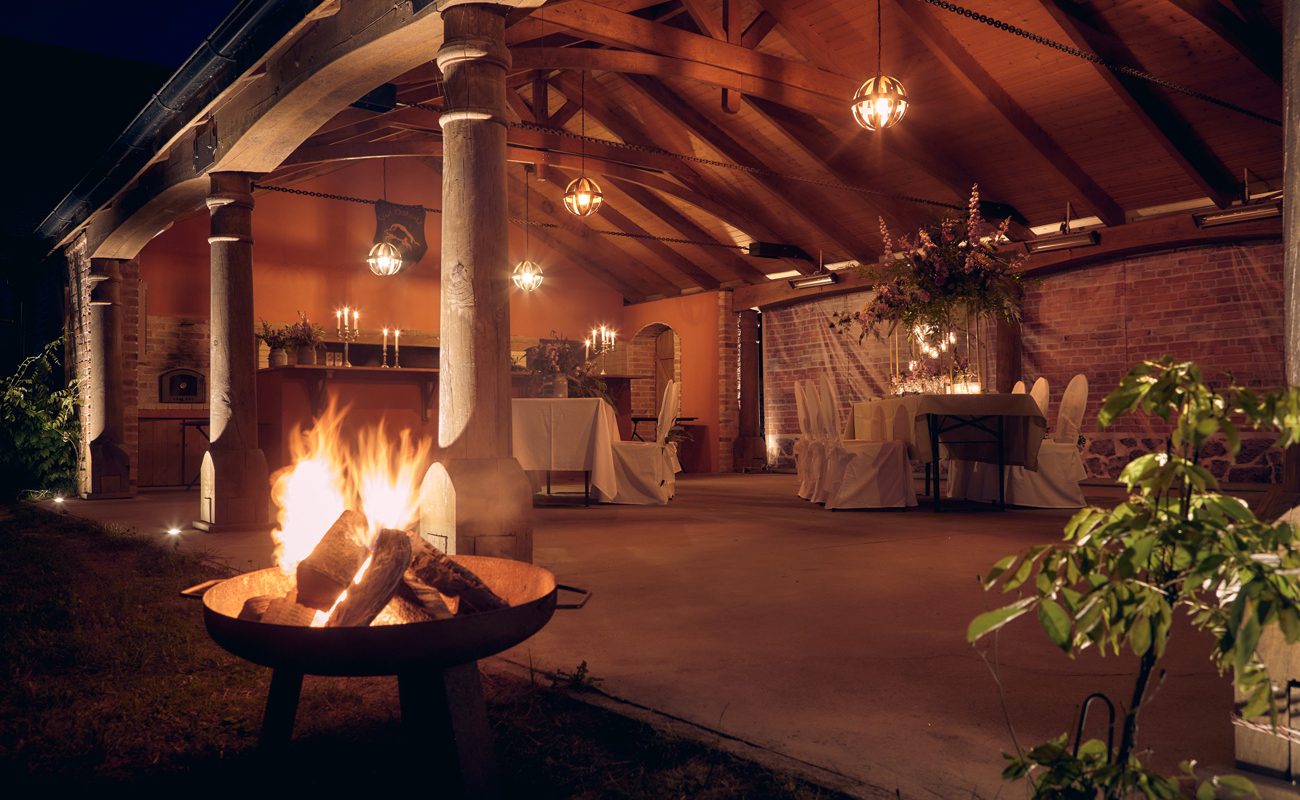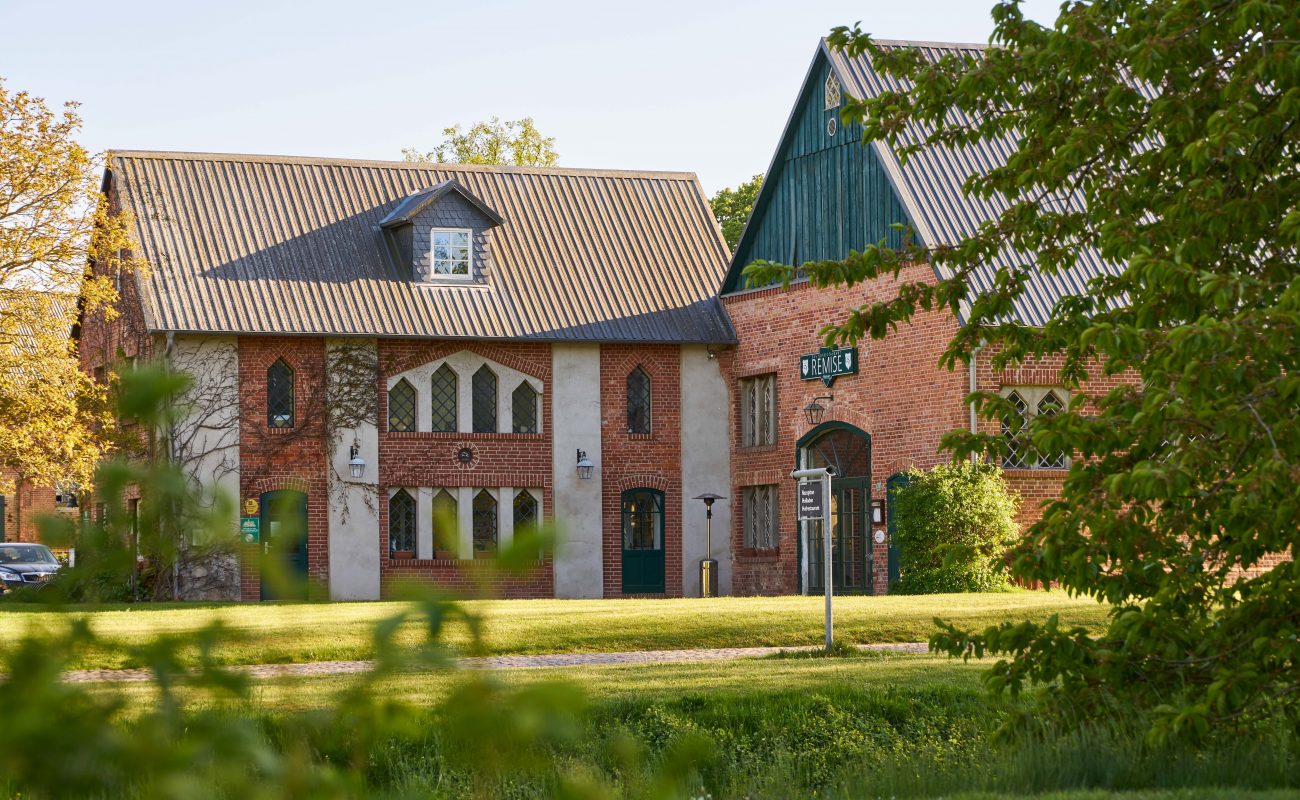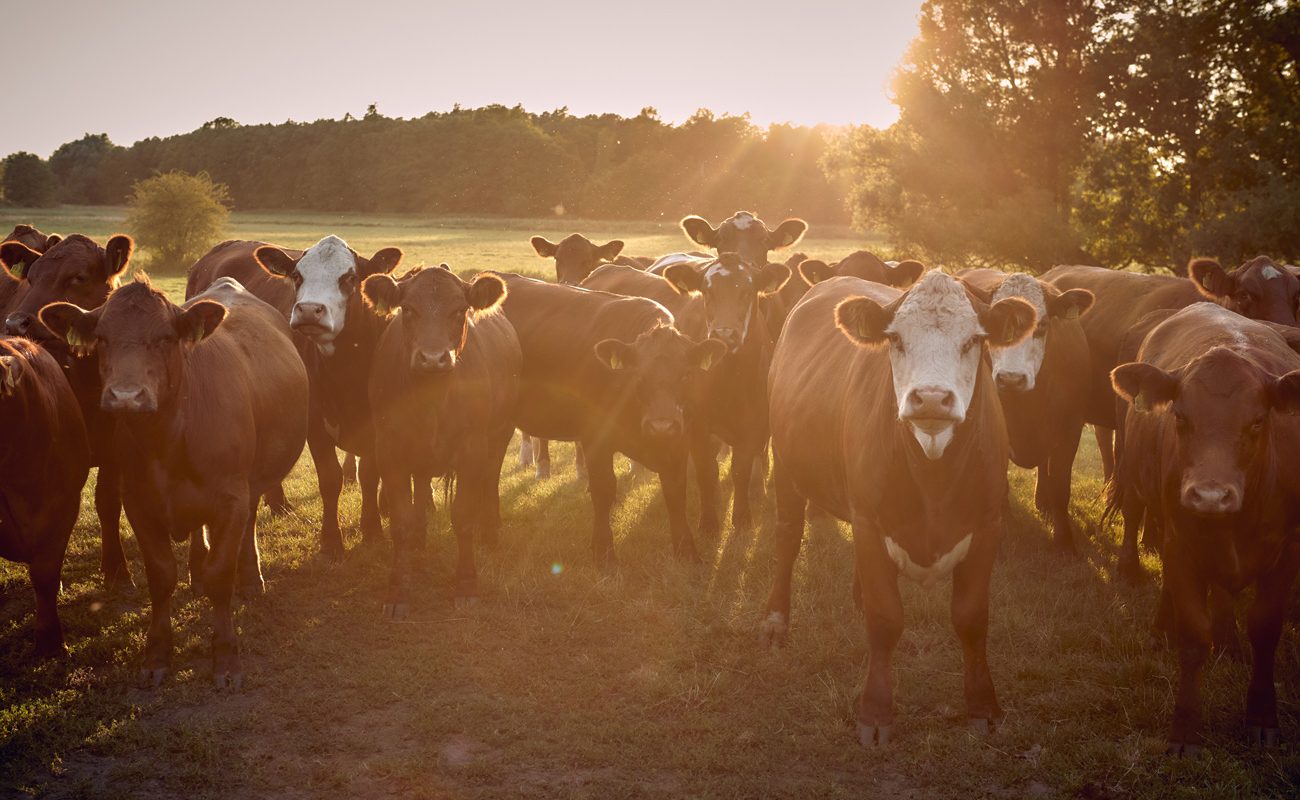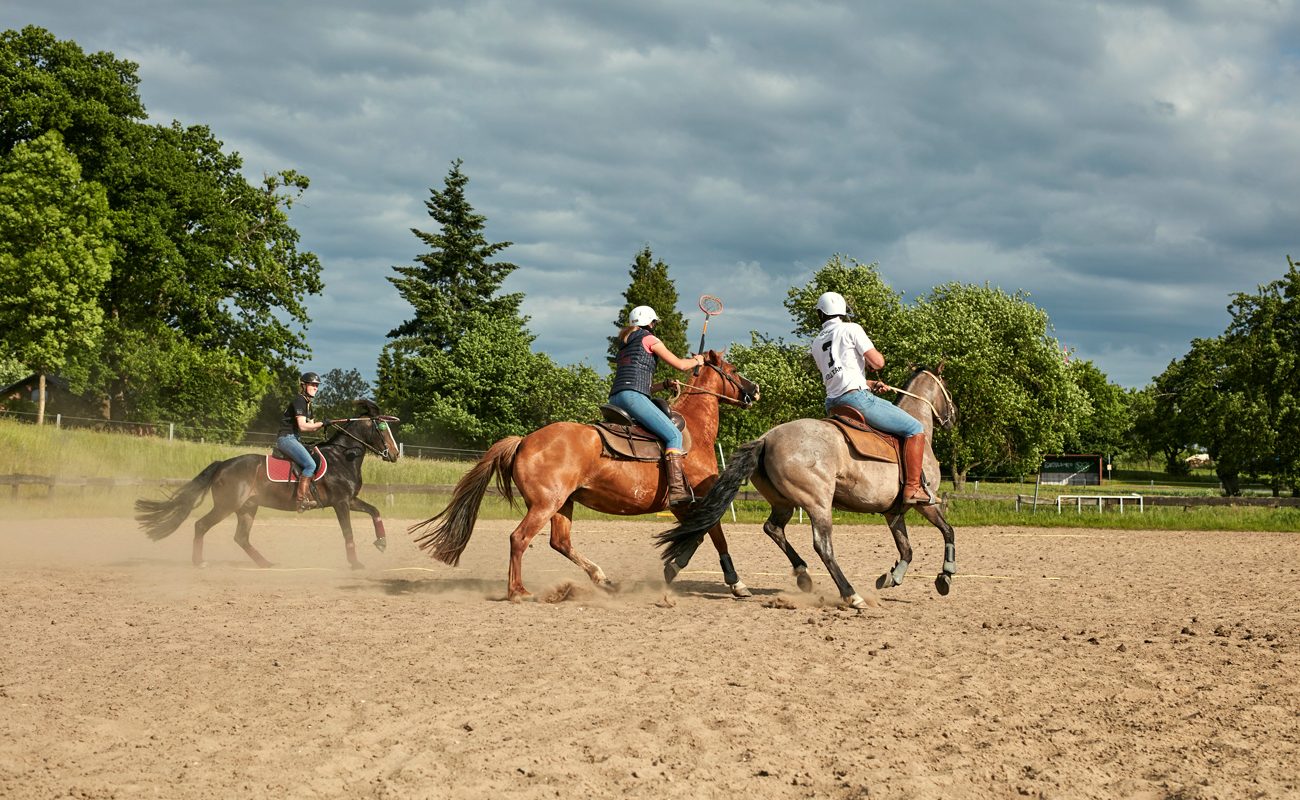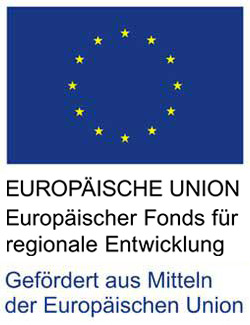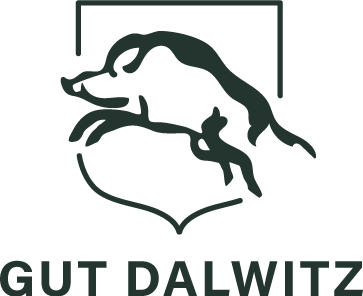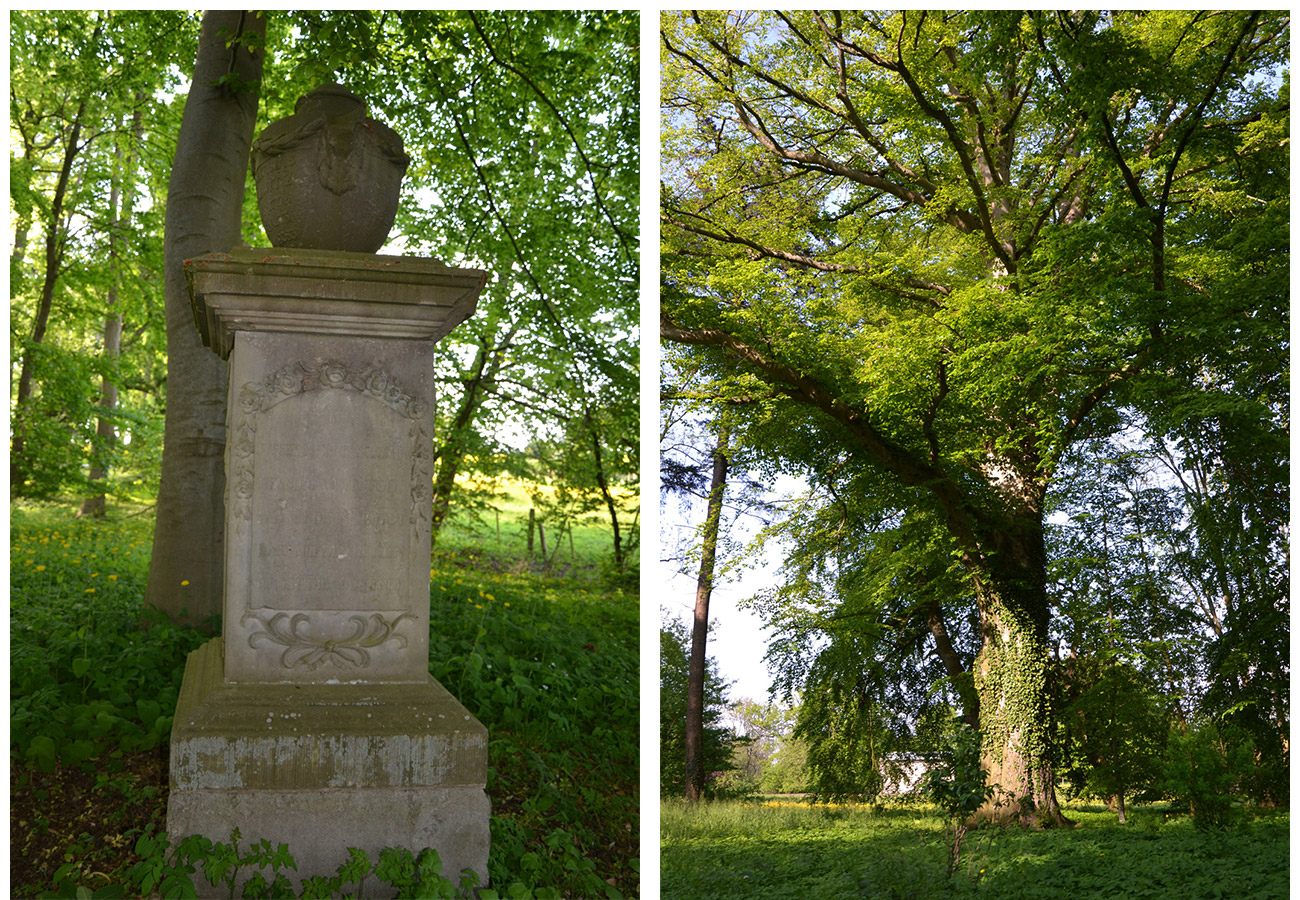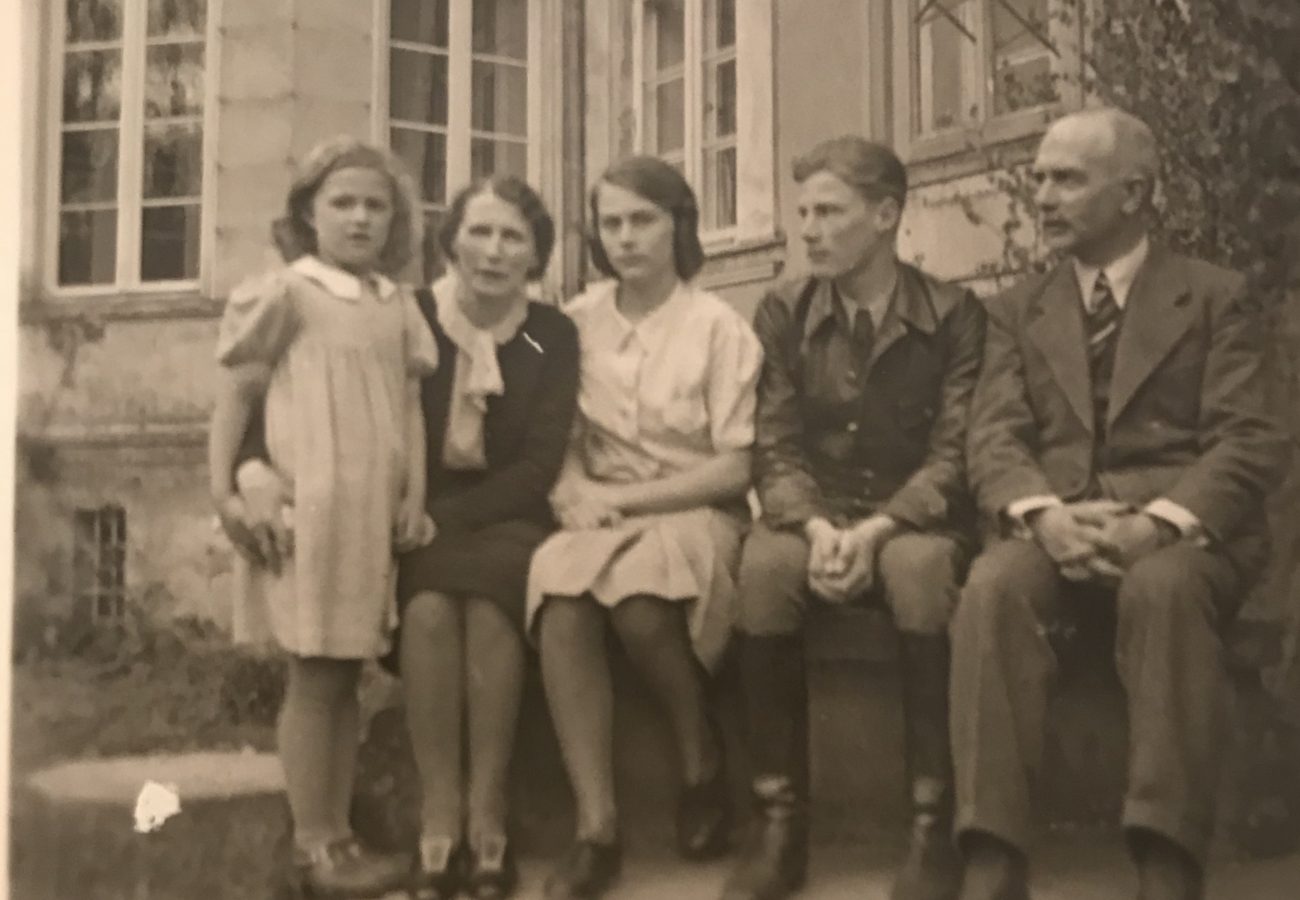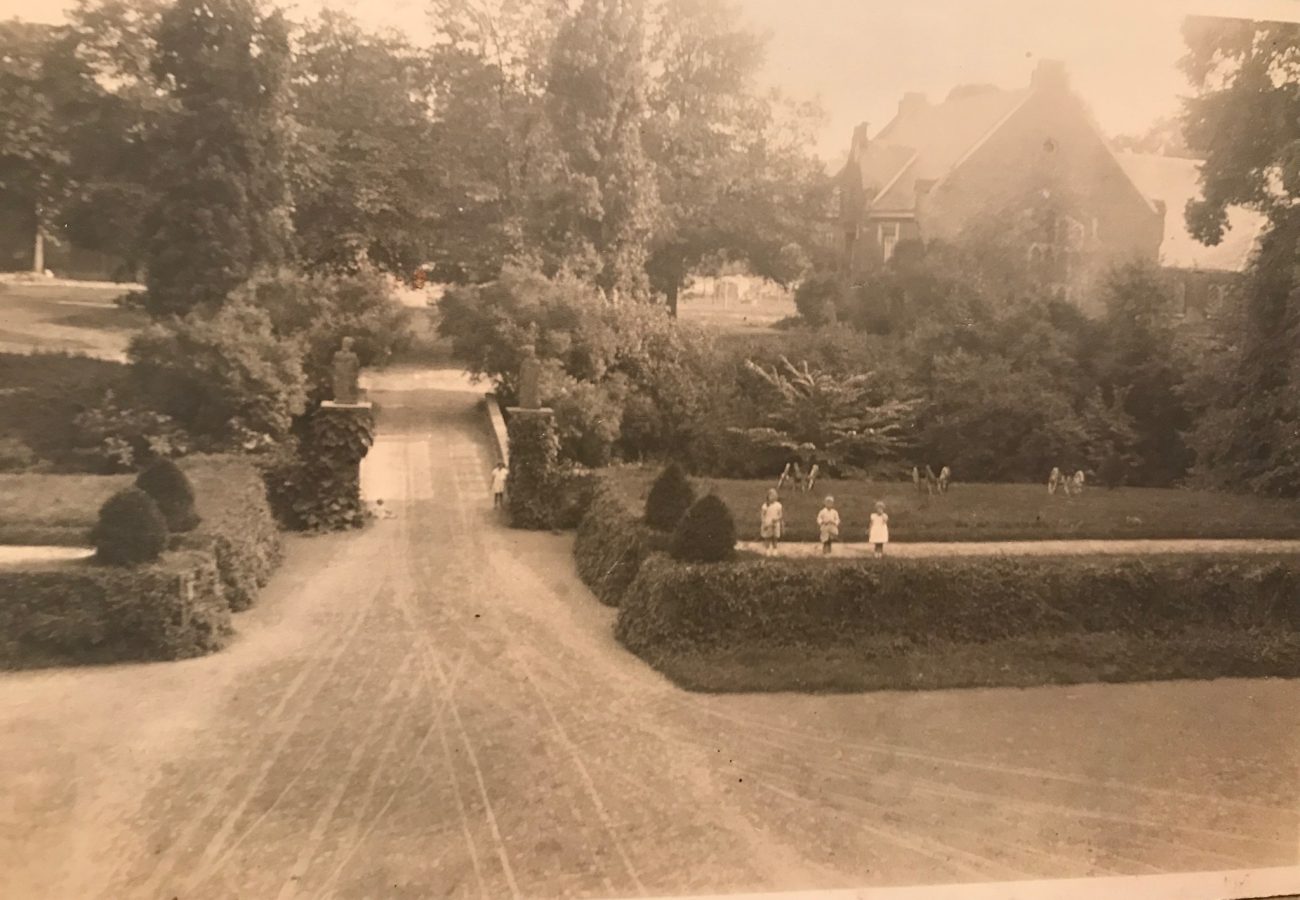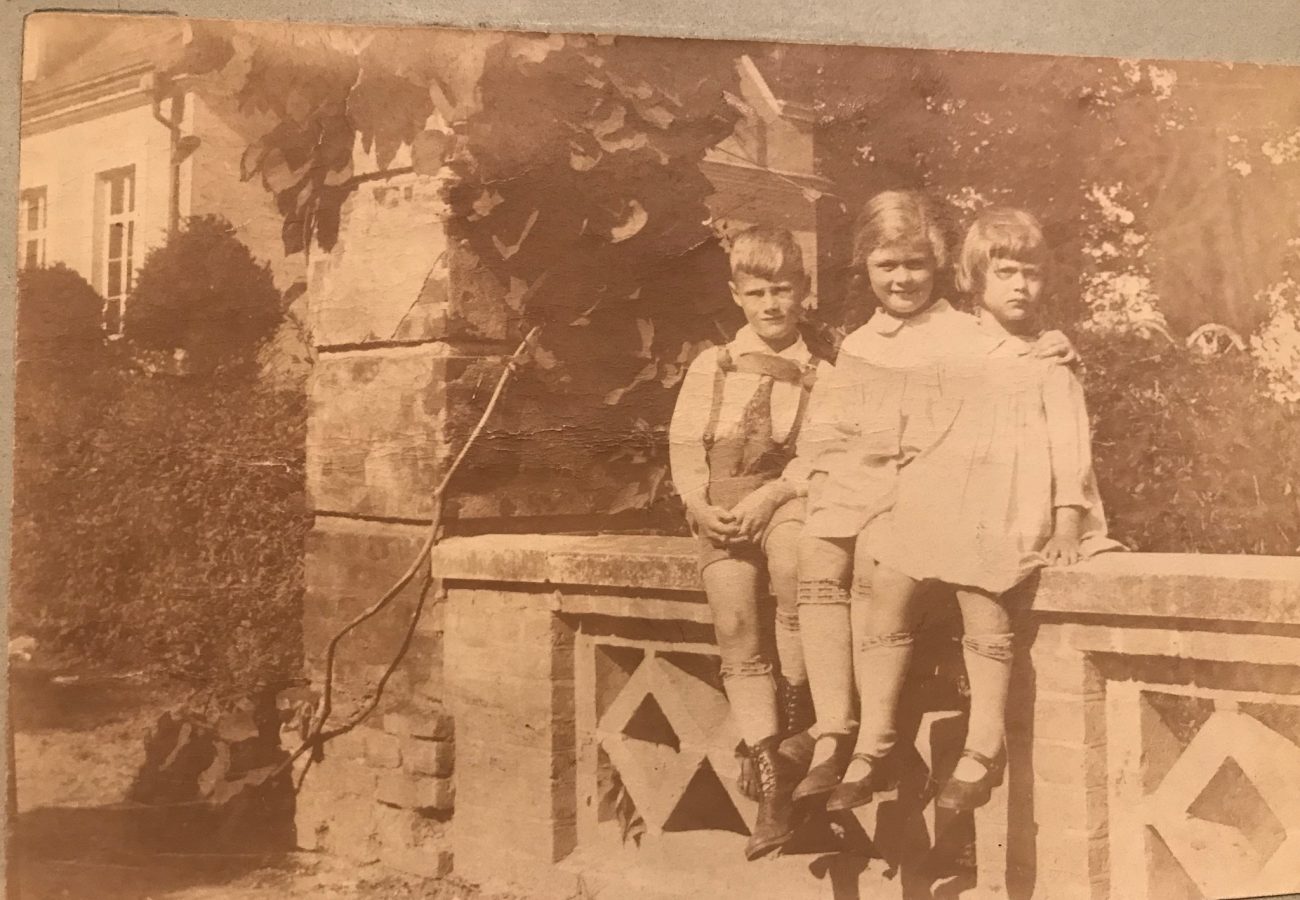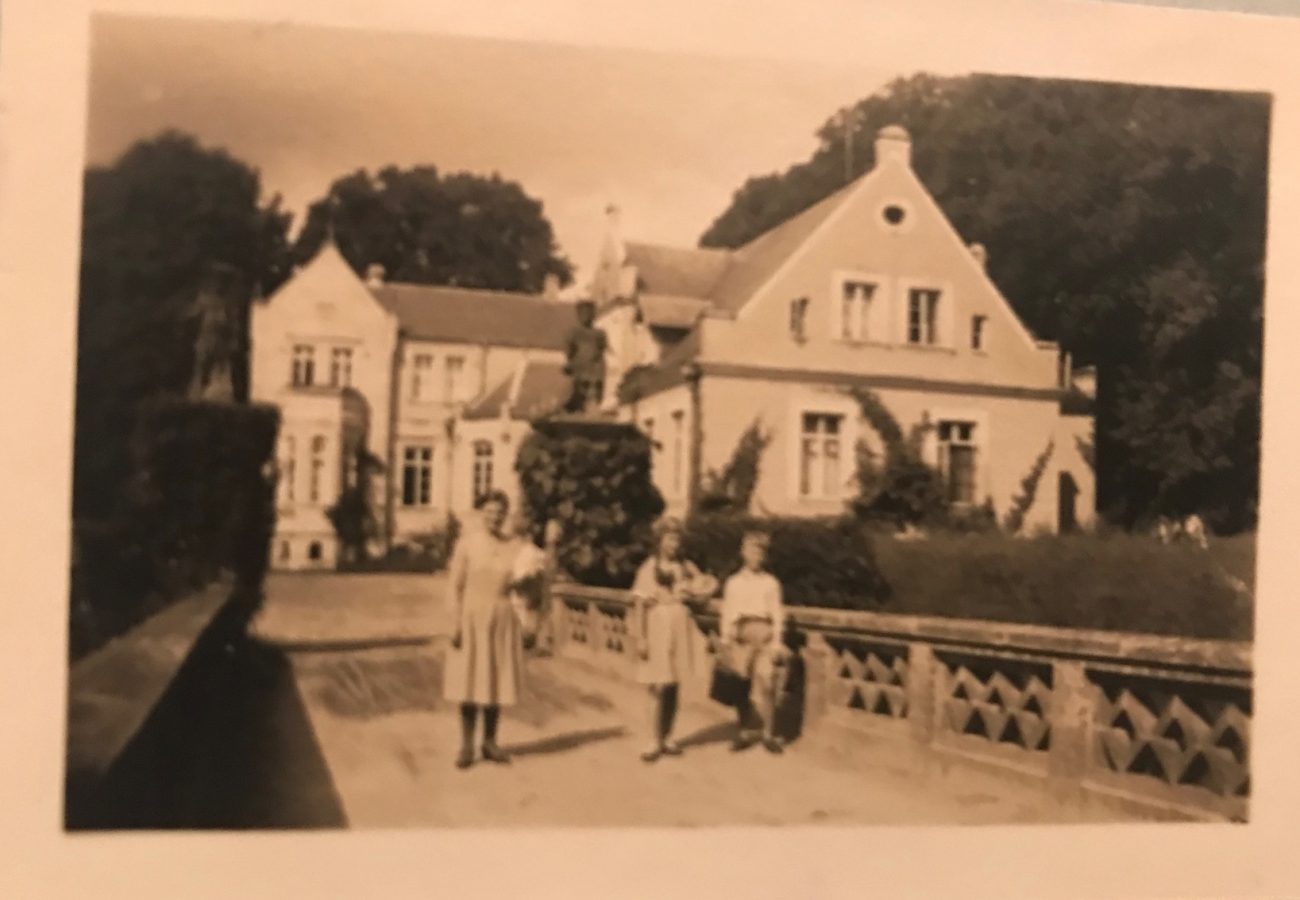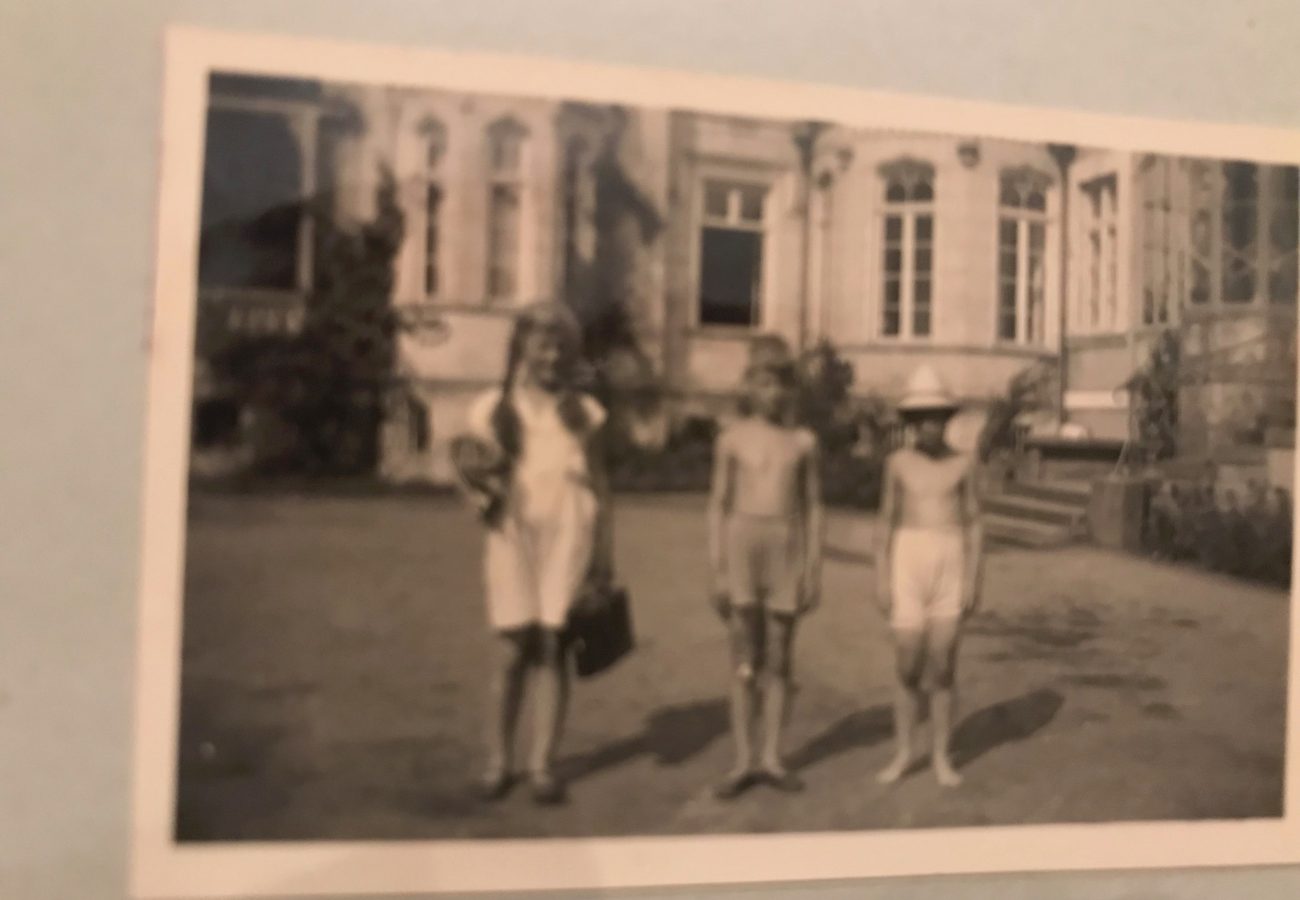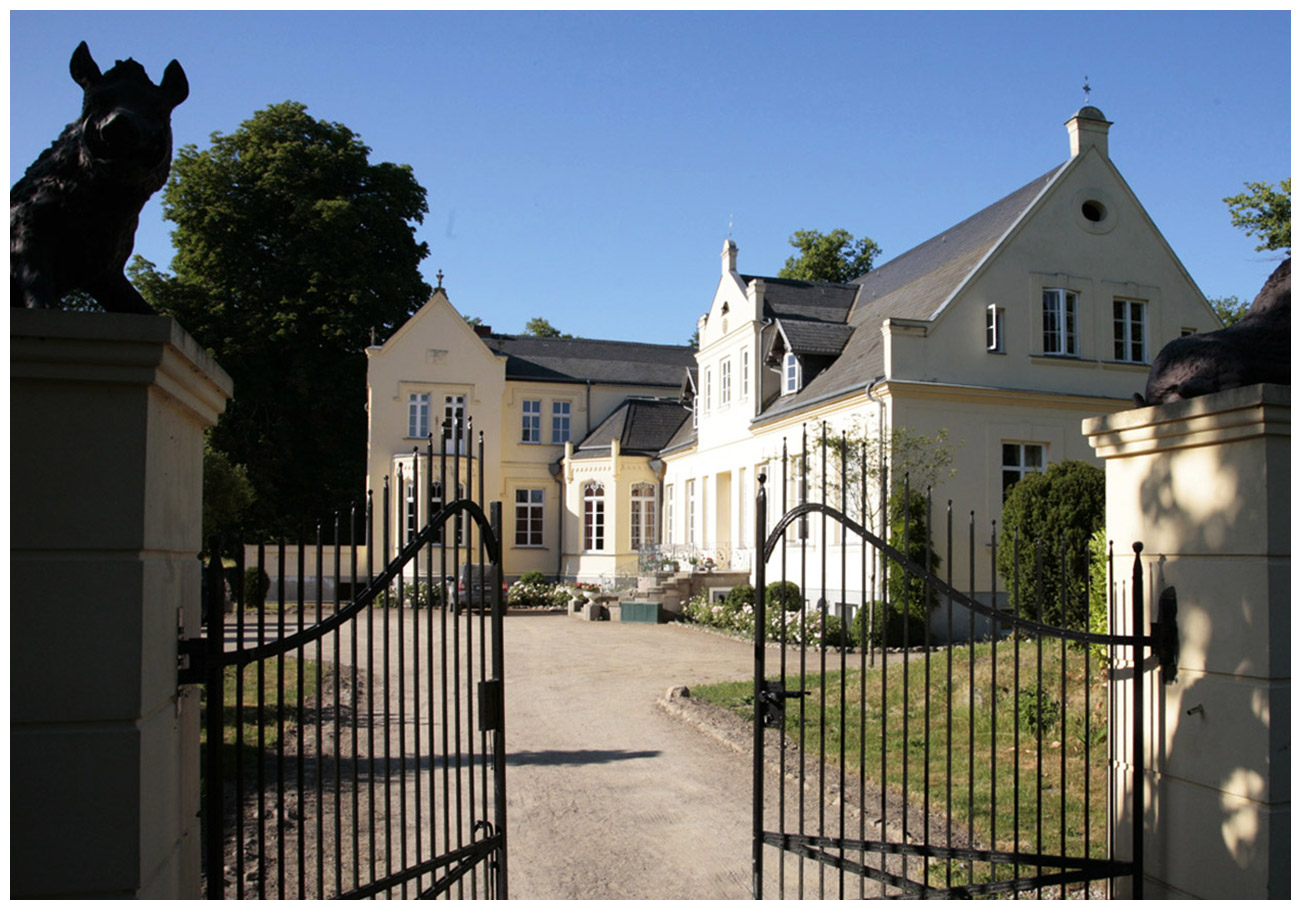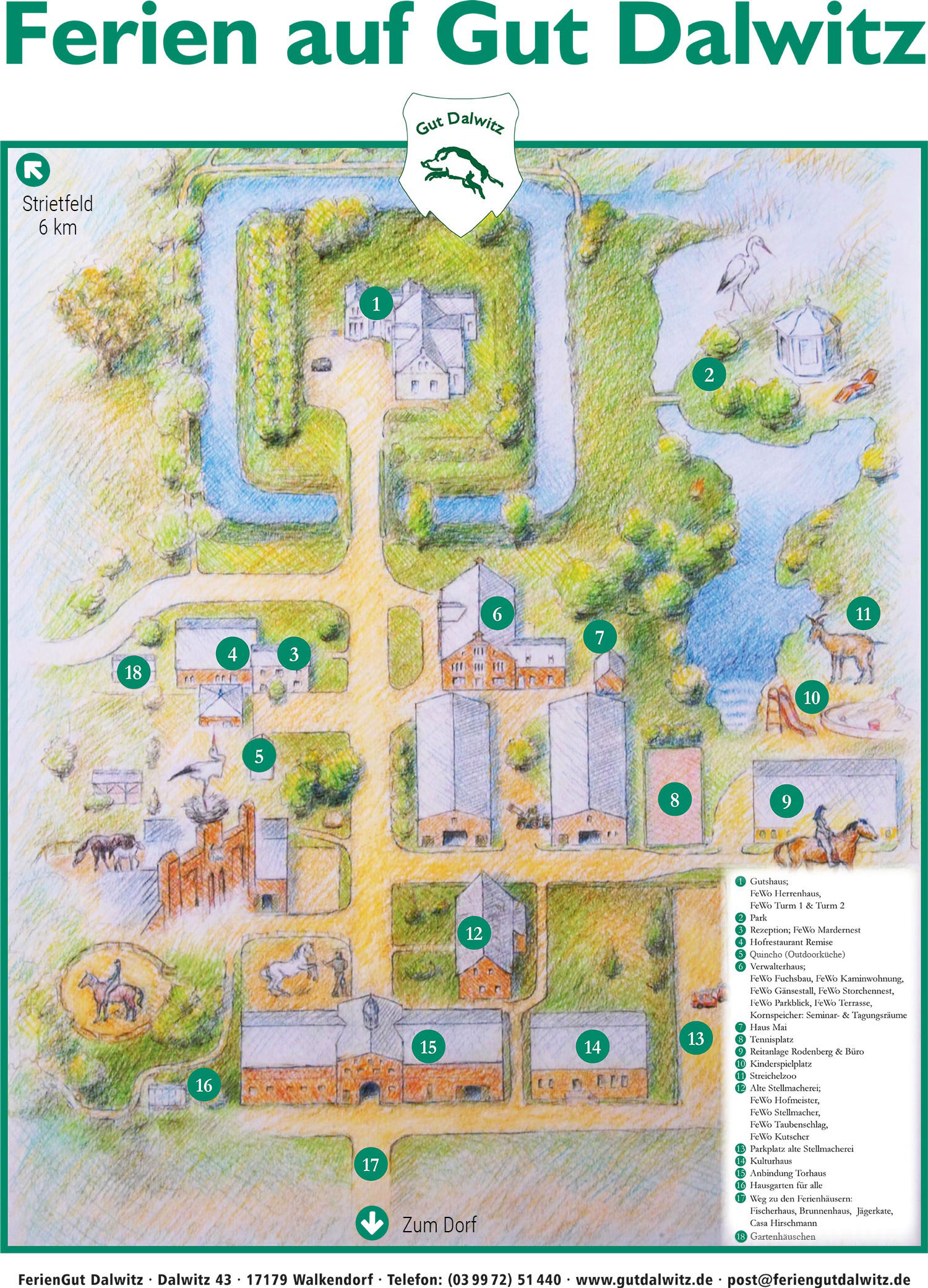History of Gut Dalwitz

Where a fairytale came true…
Dr Heinrich Graf von Bassewitz and his wife, Lucy Gräfin von Bassewitz, born Henderson, came from Uruguay in 1992 to rebuild and renovate the farm and its buildings.
The doctor of agricultural economics worked as a project manager in Uruguay for a long time where he also met his wife. What sounds simple, actually took a lot of effort. Anyone who knows the story from Lucy Gräfin von Bassewitz’s point of view will know what this strength was based on:
He immersed me in the old world of Dalwitz with this wonderful story. Dalwitz, a place where the world was still whole, where afternoon tea was held under the lime trees and you could here the buzzing of the bees all around – where his ancestors lived for almost 600 years without interruption until 1945. I realised how much my husband had adopted his grandfather’s love for Dalwitz and how strong his responsibility for tradition and family bond was. I knew you can tackle anything with such deep affection for a place. I knew that this man was right for me. On 14th of May 1992, seven months after that night, we landed in Dalwitz as newly-weds. The reality was disenchanting…”
We moved into the completely deteriorated manor house and began renovating it alongside with the old farm buildings while at the same time setting up the business and farm. The summer of ’92 was so beautiful that we didn’t even notice that we were living in a makeshift home and even the smallest successes gave us new motivation to make the time-honoured family property shine again. The idea of setting up holiday homes in the renovated farm buildings arose from the need to use the buildings sensibly. In the meantime, FerienGut Dalwitz has become an important branch of the business.
The first attempt to lease back the original business failed at the time due to the Treuhandanstalt (trust agency). It was given to a stranger.
We were only able to lease 100 hectares of grassland, which nobody really wanted at the time. The following year, we were able to expand the farm by 400 hectares and now had 320 hectares of grassland and 180 hectares of fairly average arable land, a so-called “marginal yield site”. A special concept had to be developed in order to manage this land. The entire farm was converted to organic farming with financial support from Brussels. The Dalwitz farm – on new land – was established with 500 mother cows in year-round free-range husbandry and some arable farming.
Family Chronicle
The roots in the Middle Ages
The von Bassewitz family was first mentioned in documents in 1254 with Bernhardus de Bassewicze and later, in 1308, with Heinrich von Bassewitz. The name is probably derived from the village of Basse. At this time, Mecklenburg was warlike and very uncomfortable, and the members of the Bassewitz family also distinguished themselves as robber barons. In Kyritz an der Knatter (Brandenburg), the Bassewitz Festival still celebrates the victory over Kurt Bassewitz, who tried in vain to take the town by storm.
The family divided into two lines in the 14th century: the Mecklenburg line with possessions in the area of the actual Duchy of Mecklenburg and the Wendish line in the area of the Wendish principality in eastern Mecklenburg, whose possessions already included Lühburg with Basse as well as Dalwitz and Prebberede in the 14th century.
![]()
From the Middle Ages to modern times.
After the “wild times”, the family now also produced politicians and entrepreneurs, adventurers and poets. Friedrich-Henning Count von Bassewitz (1680-1749) is the family’s most important politician. He was initially Prime Minister to the Duke of Holstein-Gottorp and arranged the Duke’s marriage to the only daughter of the Russian Tsar Peter the Great, Anna Petrovna. Bassewitz became an advisor to Tsarina Katarina I and obviously made money from politics. He travelled to St. Petersburg by coach and sleigh, became a friend and drinking companion of Grand Duke Menshikov, was given huge estates as a fief in Estonia, but eventually had to flee Russia and spent the last years of his life in Prebberede. He was awarded the title of Count for his services to the Russian Tsarist dynasty, which was later recognised by the German Emperor as the title of Imperial Count.
While his brother was engaged in politics in Russia, Joachim-Otto von Bassewitz, who had been a castle captain in Kiel for a time, had the present manor house and estate complex built in the Baroque style in 1717 according to plans by the Holstein master builder Rudolph Matthias Dallin.
His daughter, Sabina Countess von Bassewitz, née von Bassewitz (1716-1790) was one of the so-called famous women. She wrote hymns, poetry and philosophised. She was also in contact with Voltaire, who praised her charm and style in one of his letters and expressed the opinion that her memoirs were ready for print. Sabina memorialised her husband Mathias Bernhard with the following poem in the garden (behind the small bridge at the outflow of the moat): “The noble man who happily cultivates the field of his fathers, who rejoices in happiness more than in gold, who shuns injustice more than death, who looks freely on the high and kindly on the low, who earns his praise without seeking it, who has God for God, does not die when he dies.”
The integration of sugar beet into the crop rotation and fertilisation significantly improved yields, and agriculture brought in a lot of money on the large Mecklenburg estates. This did not change until the end of the century and into the 1920s, when European agriculture had to compete with cheaper imports from North and South America. The prosperity of those years can still be recognised today by the remains of the farm buildings, which were covered exclusively with slate in their day.
In 1855, the second baroque house opposite the main house and the gatehouse were demolished and the L-shaped Tudor extension to the manor house was built. The entire courtyard was rebuilt in the Tudor style, mostly on the foundations of the Baroque complex. Typical of the Tudor style (neo-Gothic) are the pointed windows, some of which can still be seen in the courtyard today.
![]()
Bassewitz as politicians & farmers.
The Bassewitz family were always farmers and politicians in Mecklenburg. Four Bassewitzes became fathers of Mecklenburg. The last was Karl Graf von Bassewitz (1855-1921), who was Minister of State (Prime Minister) to the Grand Duke of Mecklenburg until 1913.
Unfortunately, he campaigned unsuccessfully for the abolition of the estates and more democracy in the country and resigned in 1912, disappointed that he was unable to push through his reform ideas against the estates. Karl thus epitomises the social element of our family.
![]()
Expulsion and expropriation
The last owner of the Dalwitz estate with Stechow and Stierow was Heinrich Graf von Bassewitz, who was expropriated in 1945. In his diary entries in 1945, he writes about the events: “I myself wanted to stay, as I saw no other way of preserving the property. My brother Gerd (Lühburg) and I also felt obliged not to let our people down. But it soon became clear that we were very much at risk. Any owner or manager who received a bad report from his foreign labourers was shot. An officer gathered the Polish labourers together and told them to get what they needed from our house. The house was empty by 10 o’clock in the evening. Then most of the horses were collected. The population is frightened day and night by the Russians. Through looting or through woman hunters. Dalwitz now has seven horses instead of 38, Stierow 11 instead of 33 and Stechow 3 of 16 horses. All the tractors are gone, all the cows, the one- to two-year-old young cattle and the sheep. Mr Russig, the governor of Stechow, was shot in the back on the very first day. As a result, 17 neighbours of Dalwitz died by shooting or suicide.”
On 5 September 1945, the then Mecklenburg government issued a decree according to which all property over 100 hectares was to be expropriated. On 6 October, the expulsion took place with a ban on staying within a radius of 30 kilometres of the former property. Dalwitz was settled and each settler received around 5 hectares of arable land, 0.5 hectares of grassland and 0.25 hectares of woodland, plus part of a farm building. In 1952, the settler sites were transferred to collective farms (LPGs), which meant that the settlers also lost the property they had just acquired. Heinrich Graf von Bassewitz only fled to Schleswig-Holstein in October 1945, where he initially took over an 8-hectare farm from a cousin. His son, Dr Henning-Friedrich Graf von Bassewitz, was the first in a tradition of 22 generations not to live in Dalwitz.
Family Coat of Arms
“Basse” is the male boar and -“witz” (like “vitsch” in Russian) means son: son of the boar. Since then, the von Bassewitz family has used the leaping boar in its coat of arms.
The following verse was written on a pillar on the entrance gate to the park in Diekhof, a former family estate:
“Der beste Witz in Mecklenburg,
der Bassewitz soll gelten.
Denn der half seinem Fürsten durch,
als Feinde ihn umstellten.
Auch soll in seinem Silberschild
hinfort ein Eber springen.
Und Ruhm soll ihm solch Wappenschild
in allen Zeiten bringen.”

